Atomically thin semiconductors, materials comprised of surface only, have remarkable electronic and optical properties and allow us to study basic physical concepts in a well-controlled environment. Besides this, these materials are envisioned to be used in future types of electronics, making them attractive for both basic and applied research. In 2D semiconductors, donor impurities (ions) and their bound electron, as well as excitons – electrons bound to holes – form bound states analogous to the hydrogen atom with an effective mass and dielectric constant. The dielectric environment of atomically thin semiconductors can be easily tuned, and the artificial atoms and molecules of donors, donor clusters, and excitons can be studied by scanning tunnelling microscopy – a technique utilising quantum mechanical tunnelling at different energies (voltages) to probe density of states, which allows us to access energy levels in the artificial atoms.
The aim of this project is to form artificial atoms and molecules in 2D semiconductors through creation of defects which act as donors, or by adsorption of donor species such as alkali metals. The local density of states, and thus energy levels, of the artificial atoms and molecules will be investigated via scanning tunnelling microscopy.
Supervisor: Dr Antonija Grubisic-Cabo and Prof. Michael Fuhrer
See https://www.monash.edu/science/schools/physics/honours/honours-project to apply.

